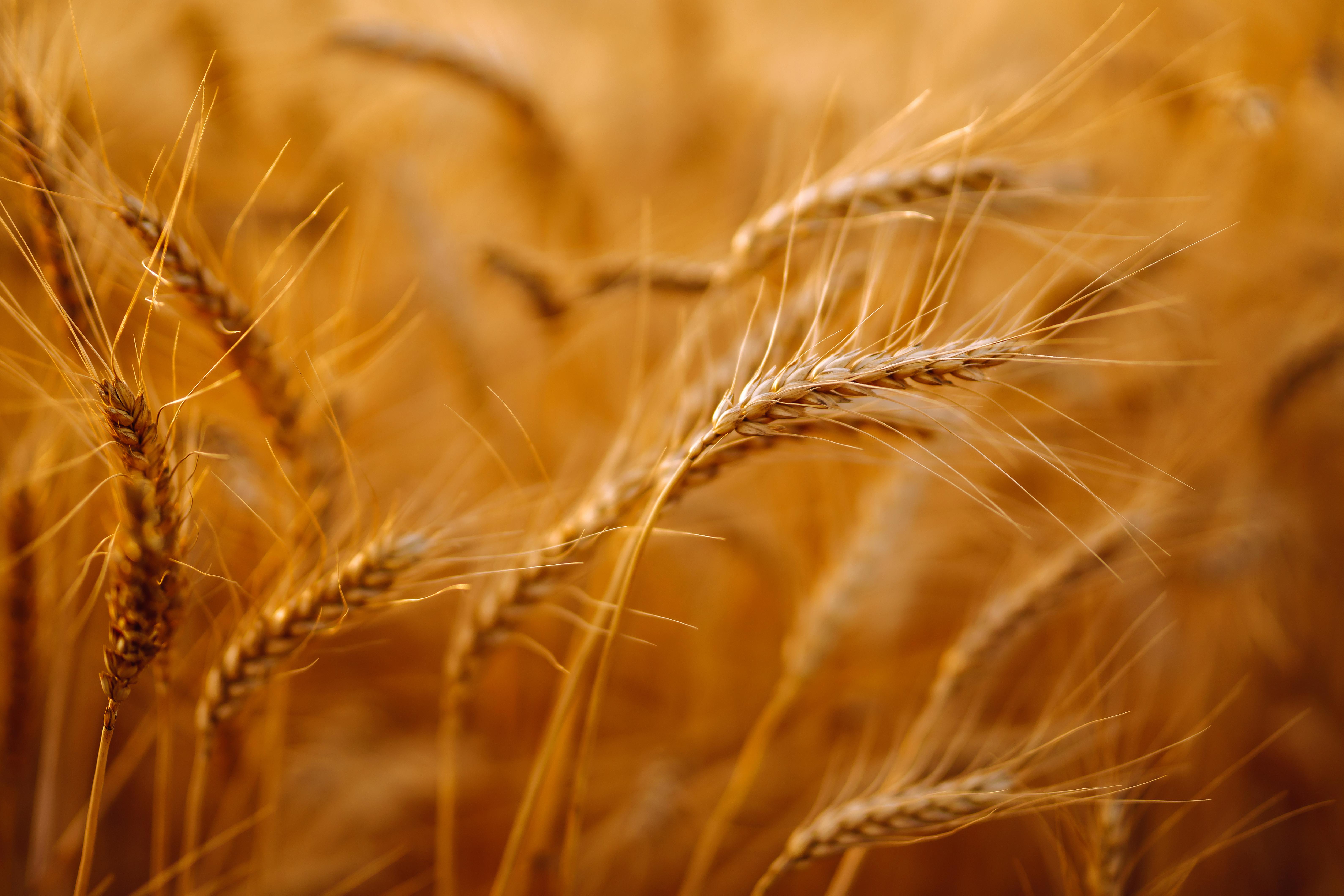10 Common Kids' Allergens Every Parent Should Know
5. Soy Allergies: The Overlooked Allergen

Soy is a prevalent ingredient in many foods, making soy allergies particularly challenging to manage. Soybeans are used in various forms, from soy milk to tofu and soy sauce, and are often present in processed foods. Symptoms of a soy allergy can include digestive issues, skin reactions, and respiratory problems. As with other food allergies, careful label reading and awareness of cross-contamination risks are essential. The rise of plant-based diets has increased the visibility of soy in food products, making it crucial for parents to identify safe alternatives and educate their children about managing soy allergies effectively.
6. Wheat Allergies and the Gluten-Free Movement

Wheat allergies are distinct from celiac disease and gluten sensitivity, involving an immune response to proteins in wheat. Symptoms can include skin rashes, digestive issues, and respiratory problems. The gluten-free movement has increased awareness of wheat allergies, leading to a broader range of wheat-free products. However, parents must differentiate between wheat allergies and other gluten-related disorders to manage their child's condition appropriately. Understanding the nuances of wheat allergies and the availability of safe alternatives can help parents provide a balanced diet for their children while avoiding allergenic triggers.
